Brief History Of Fireworks
Fireworks originated in china around 1000 years ago by a monk. He was from the city of Liuyang in China, this is still the largest producer of fireworks in the world. A temple was built to worship this monk and the people of China still celebrate the invention of fireworks every April 18th.
The Chinese believe firecrackers have the power to ward off evil spirits. Fireworks play a big part in Chinese new year as they are said to bring in the new year free of evil spirits.
Marco Polo is credited with introducing gunpowder to Europe in the 13th century. However many historians prefer the theory that the curators bought back black powder to Europe as they returned from wars in the middle east.
During the Renaissance, two separate European schools of pyrotechnic emerged, one in Italy and the other in Germany. The Italians focused on effects and stunning displays whereas the Germans stressed scientific advancement.
The English were so captivated by fireworks in 1487, they were used in the coronation of Elizabeth of York. Their popularity grew in Great Britain during the reign of Queen Elizabeth I. The queen liked them so much she created a position of fire master of England.
should we ban fireworks?
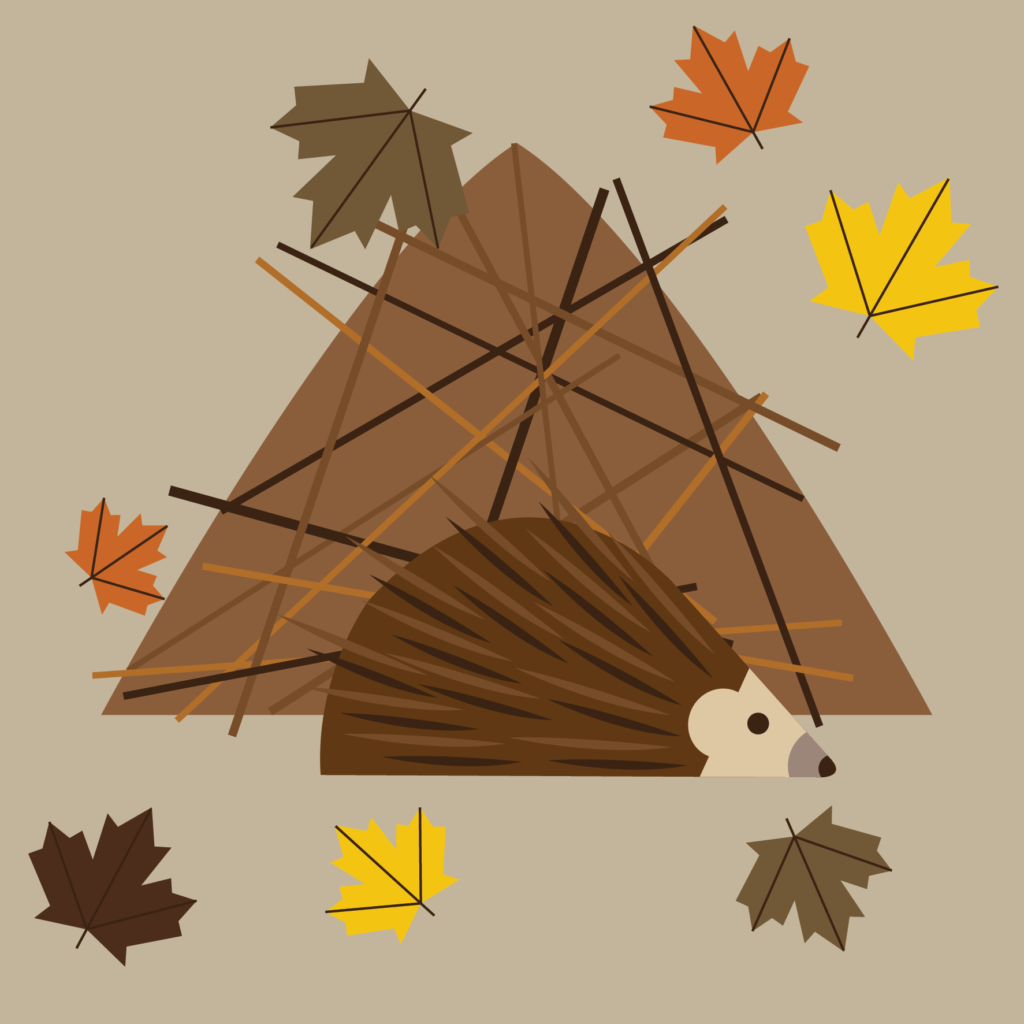 Even with all the history and tradition, we cannot ignore the dangers of at-home displays for us and wildlife.
Even with all the history and tradition, we cannot ignore the dangers of at-home displays for us and wildlife.
- The loud sounds from fireworks cause distress for pets and in some cases have been known to cause heart attacks.
- The fear they cause can often lead animals to flee into roads potentially causing accidents and vehicle damage.
- Fireworks can also cause environmental damage through fires and the release of harmful chemicals.
Currently, there is not a ban on fireworks. However, some supermarkets have stopped selling them to the public for private displays. However, if you do plan to have a display please follow these tips;
- Remover bird feeders several hours before lighting. This will stop birds coming into the garden.
- Wait until late evening to ignite as there will be fewer animals in the area
- Do not use fireworks near trees, birdhouses or nesting areas
- Clean up all firework residue as this can be harmful to wildlife and the environment
For more information about fireworks and your pets you can click here
[socials]


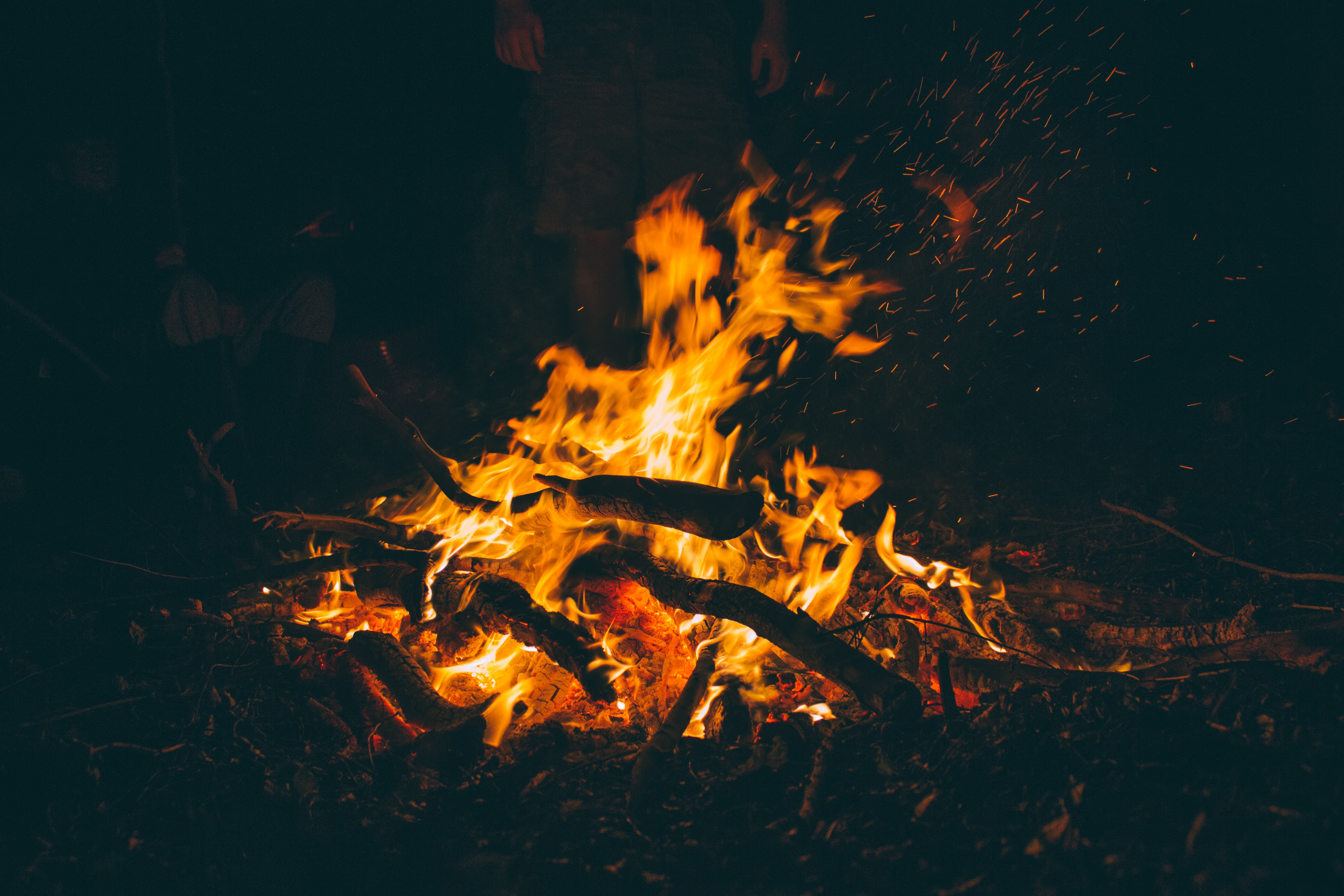
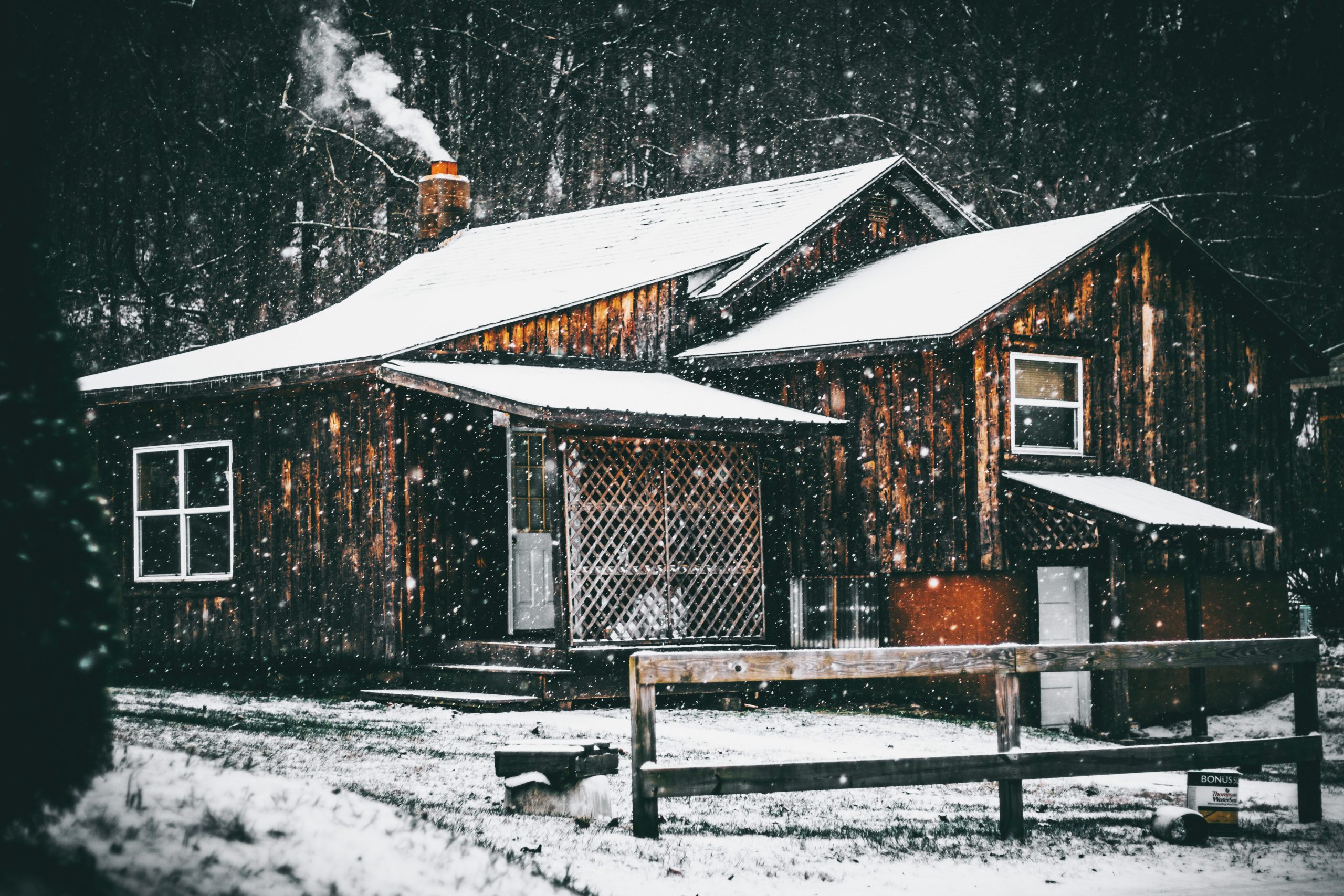
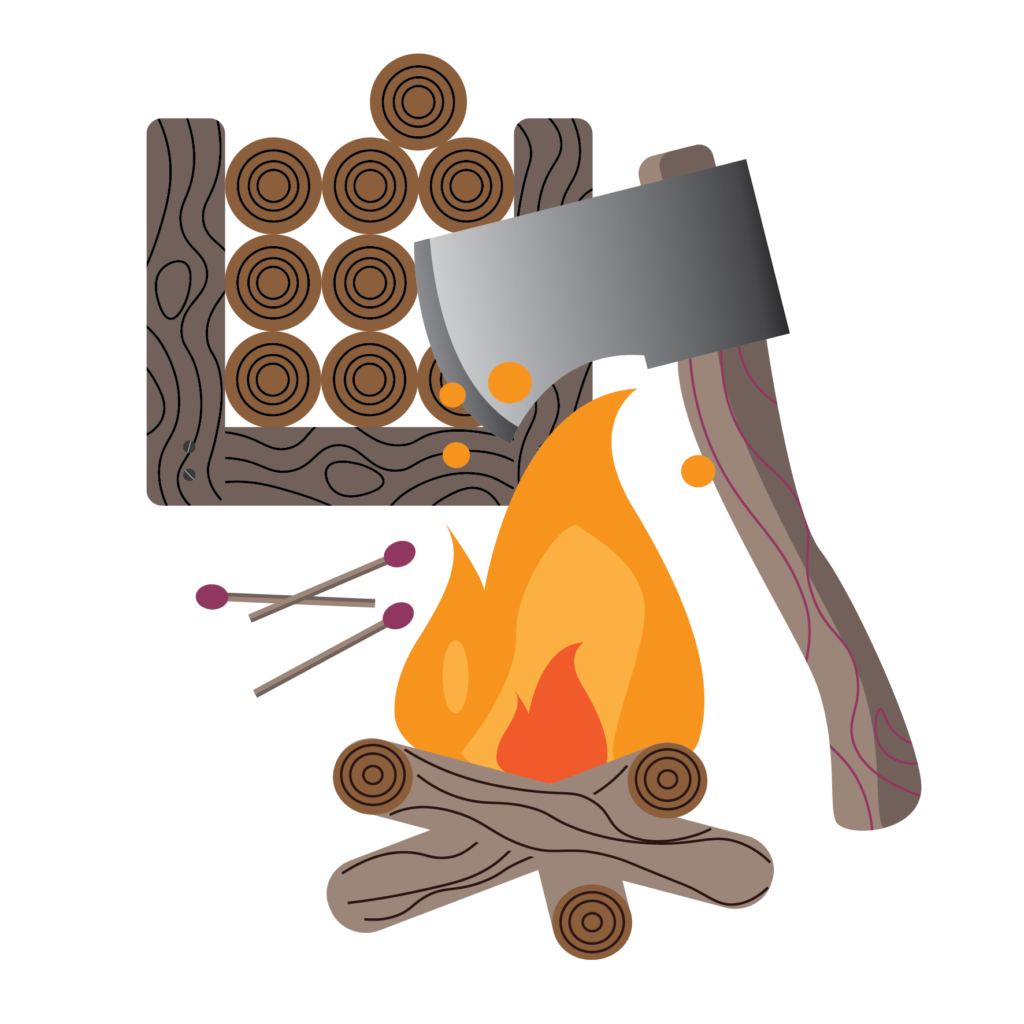 You want to store your wood at least 5 feet away from your home. This is due to bugs will likely start to live in the woodpile. You could invest in a firewood rack, these keep your firewood elevated keeping air circulating around the wood.
You want to store your wood at least 5 feet away from your home. This is due to bugs will likely start to live in the woodpile. You could invest in a firewood rack, these keep your firewood elevated keeping air circulating around the wood. 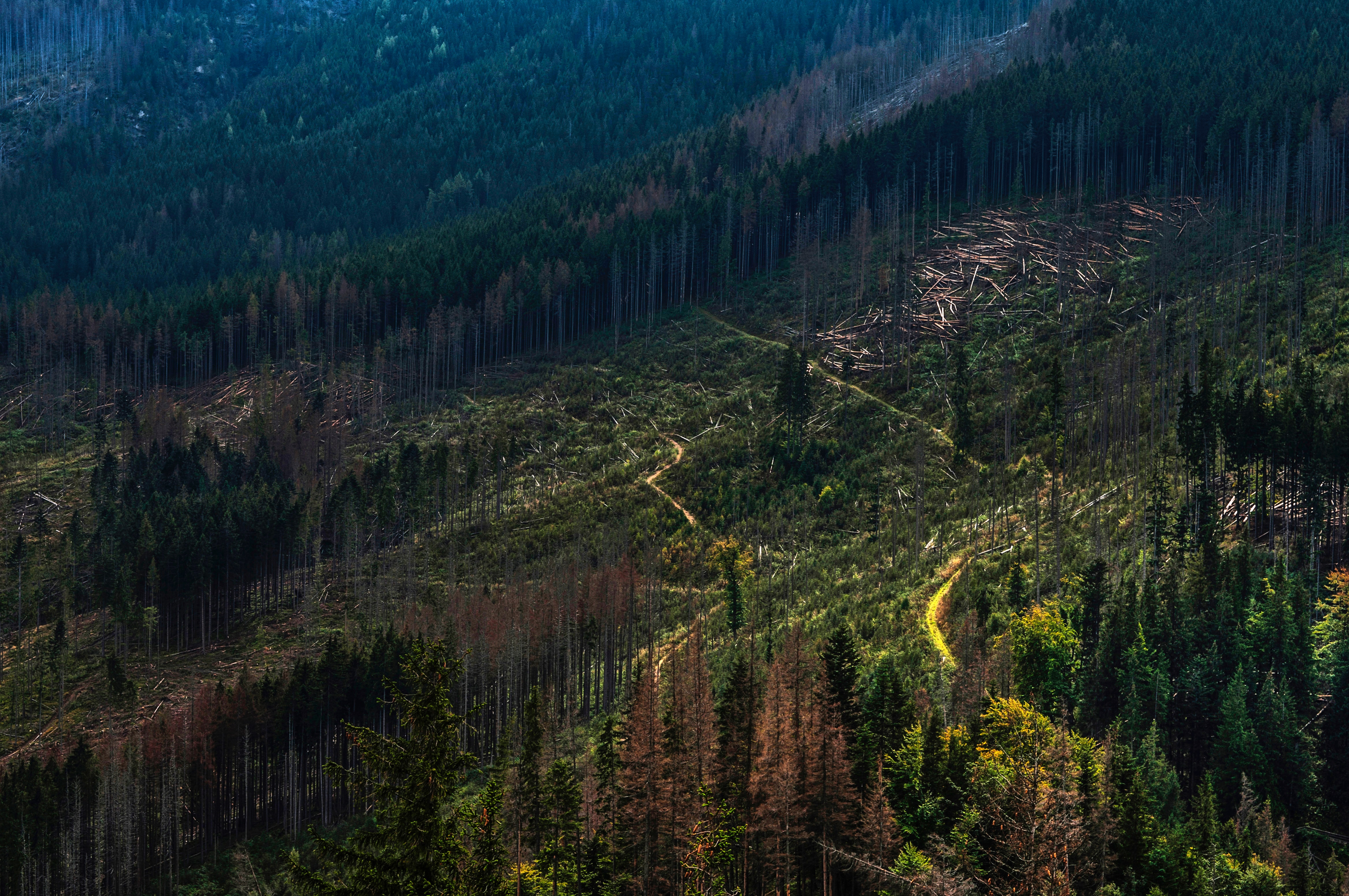
 As a result, this affects numerous animal species;
As a result, this affects numerous animal species;
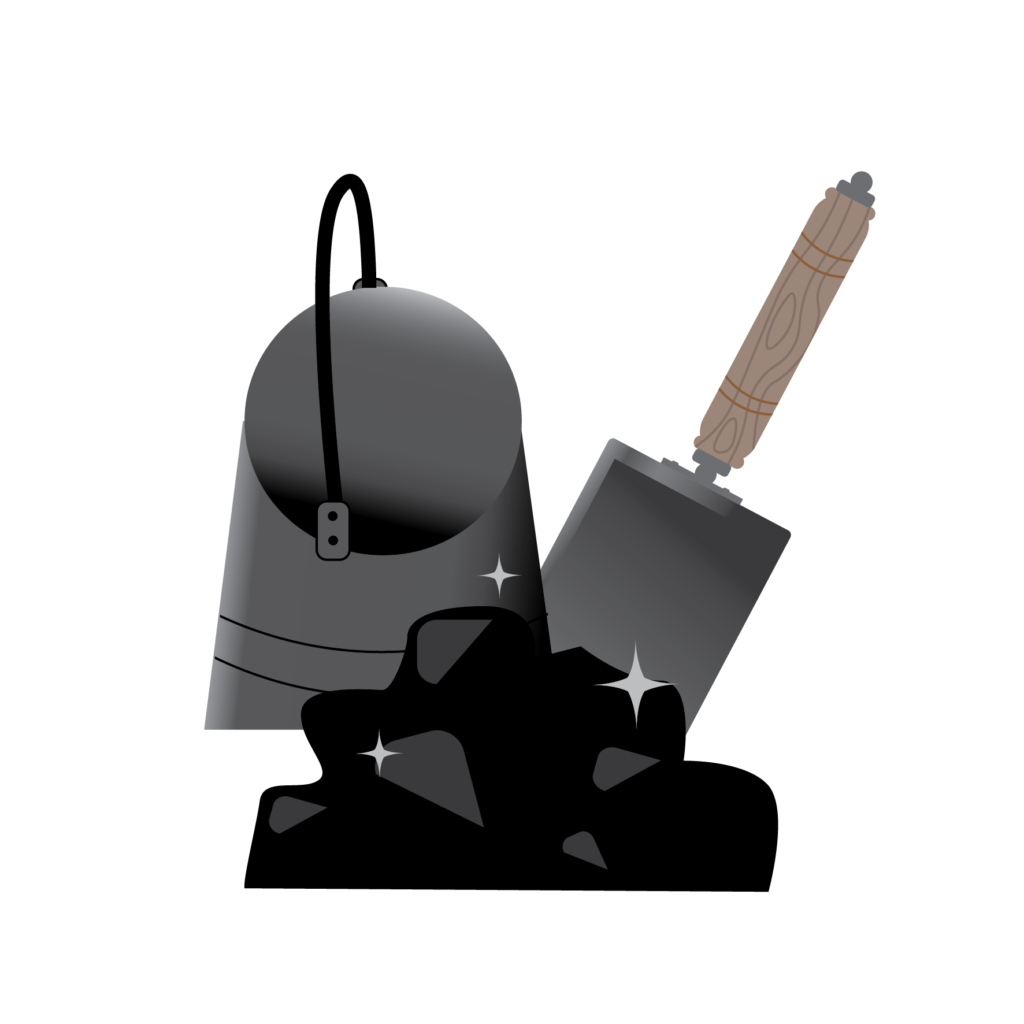 Witley Court in Worcestershire
Witley Court in Worcestershire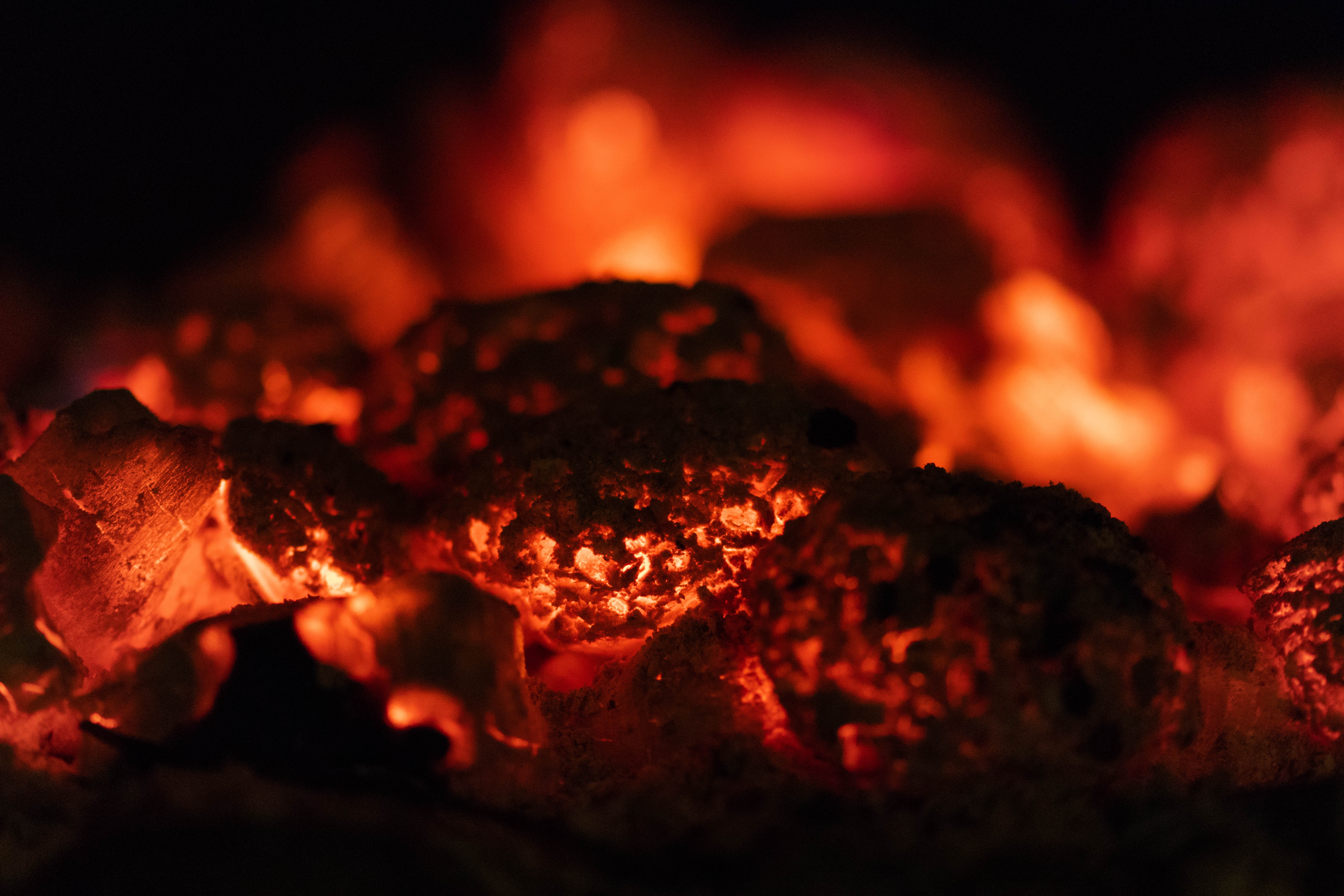
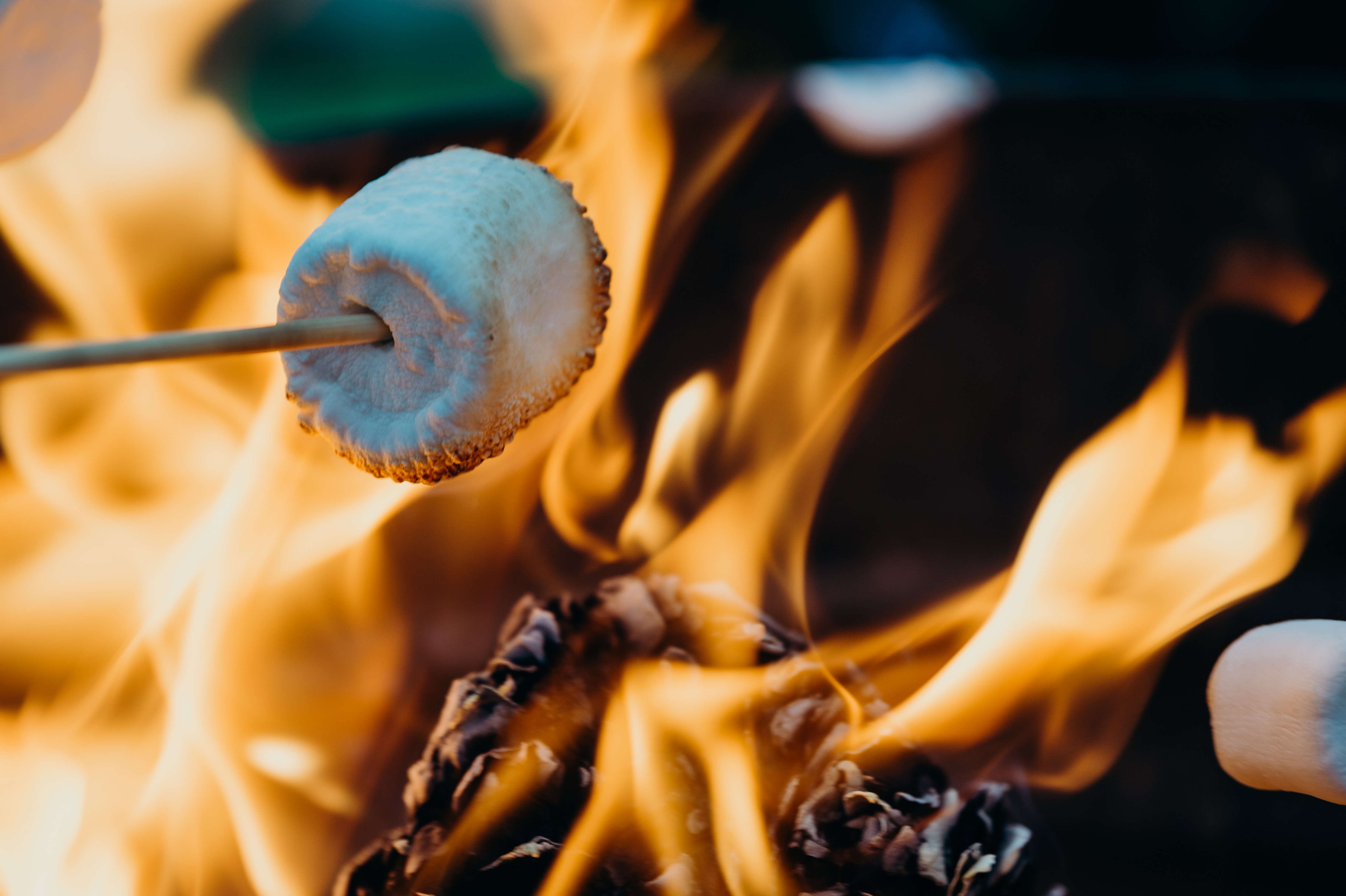
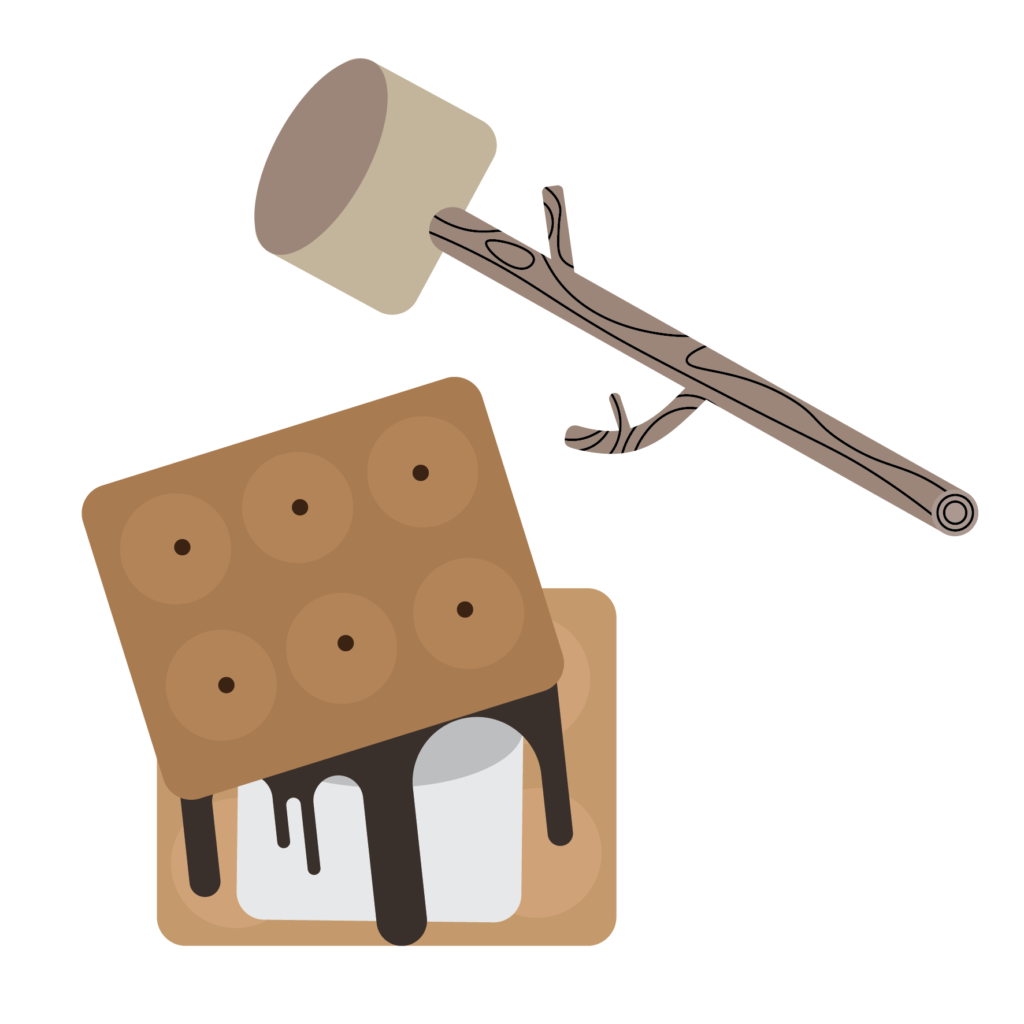 The classic S’more
The classic S’more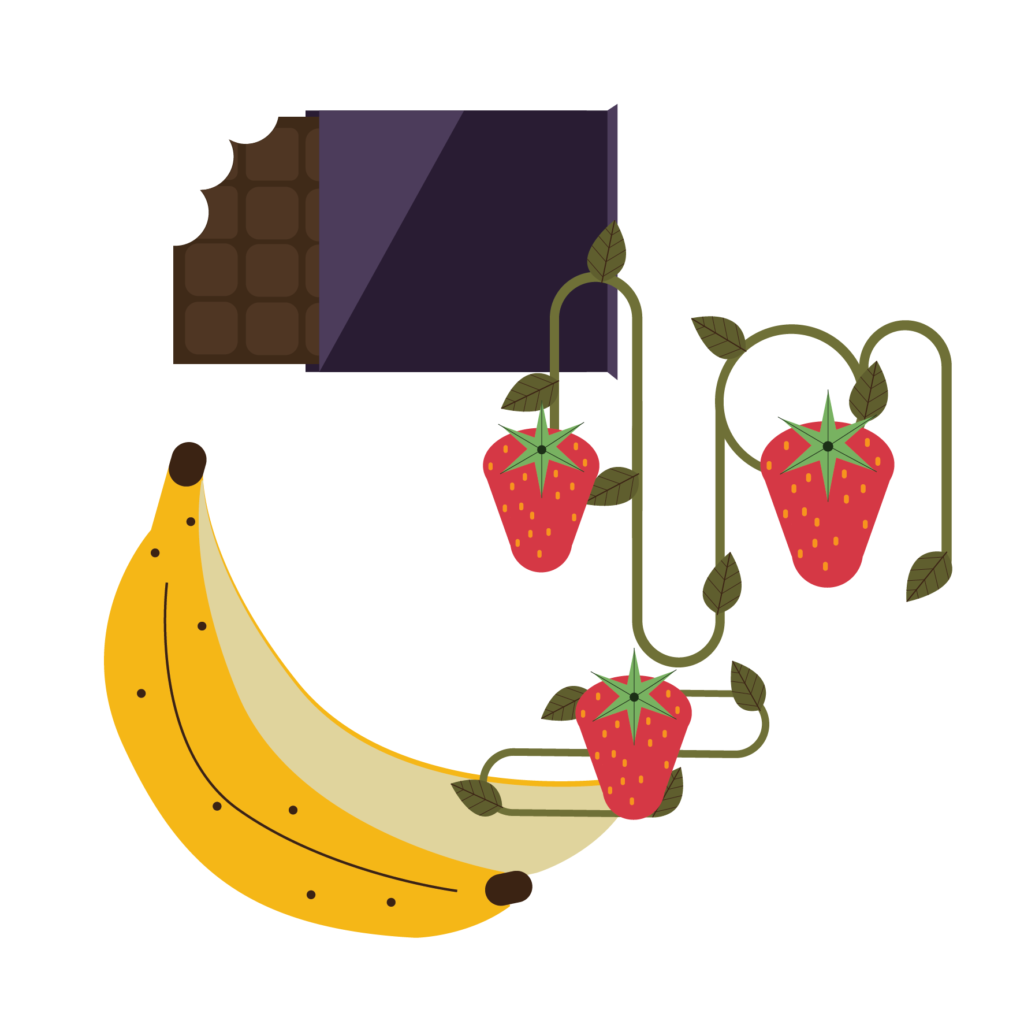 Vegan s’more
Vegan s’more 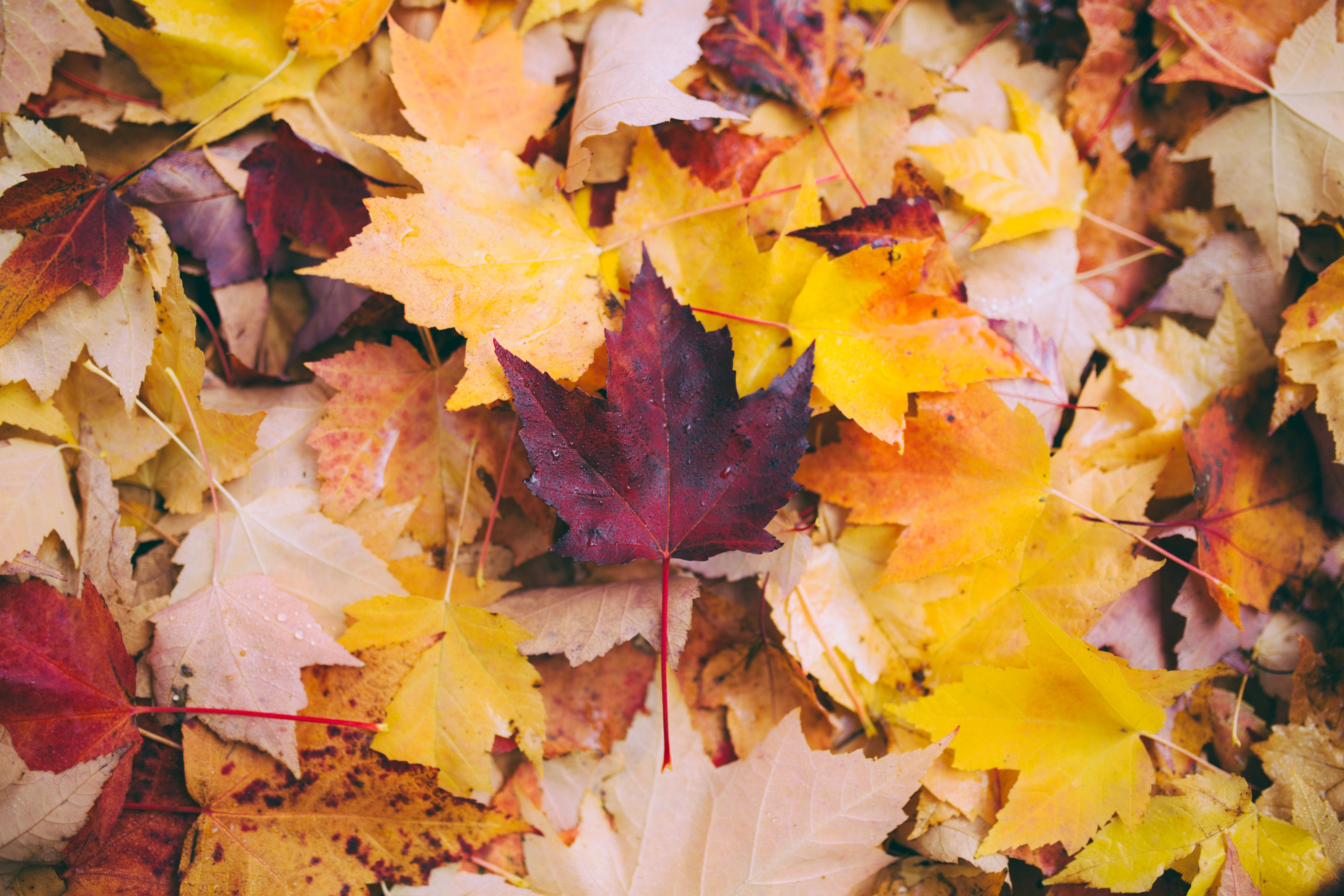
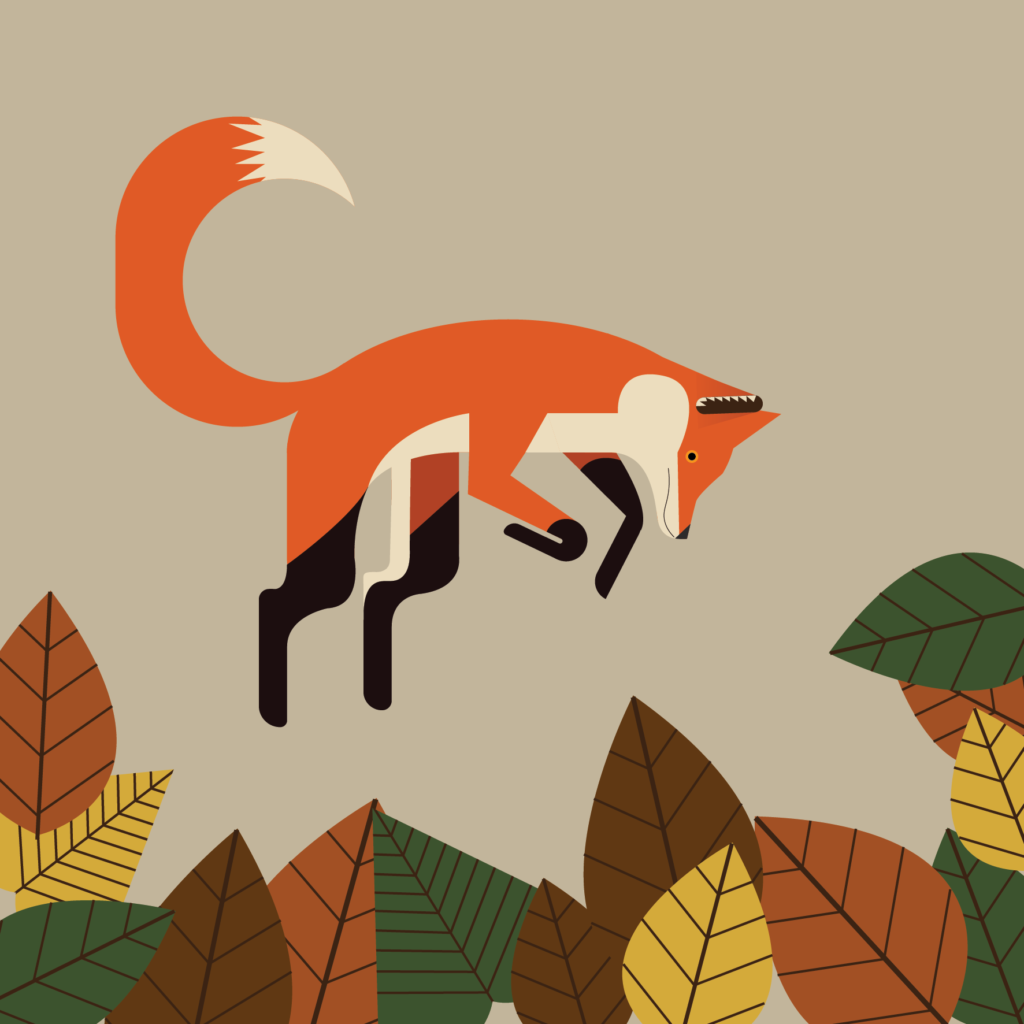
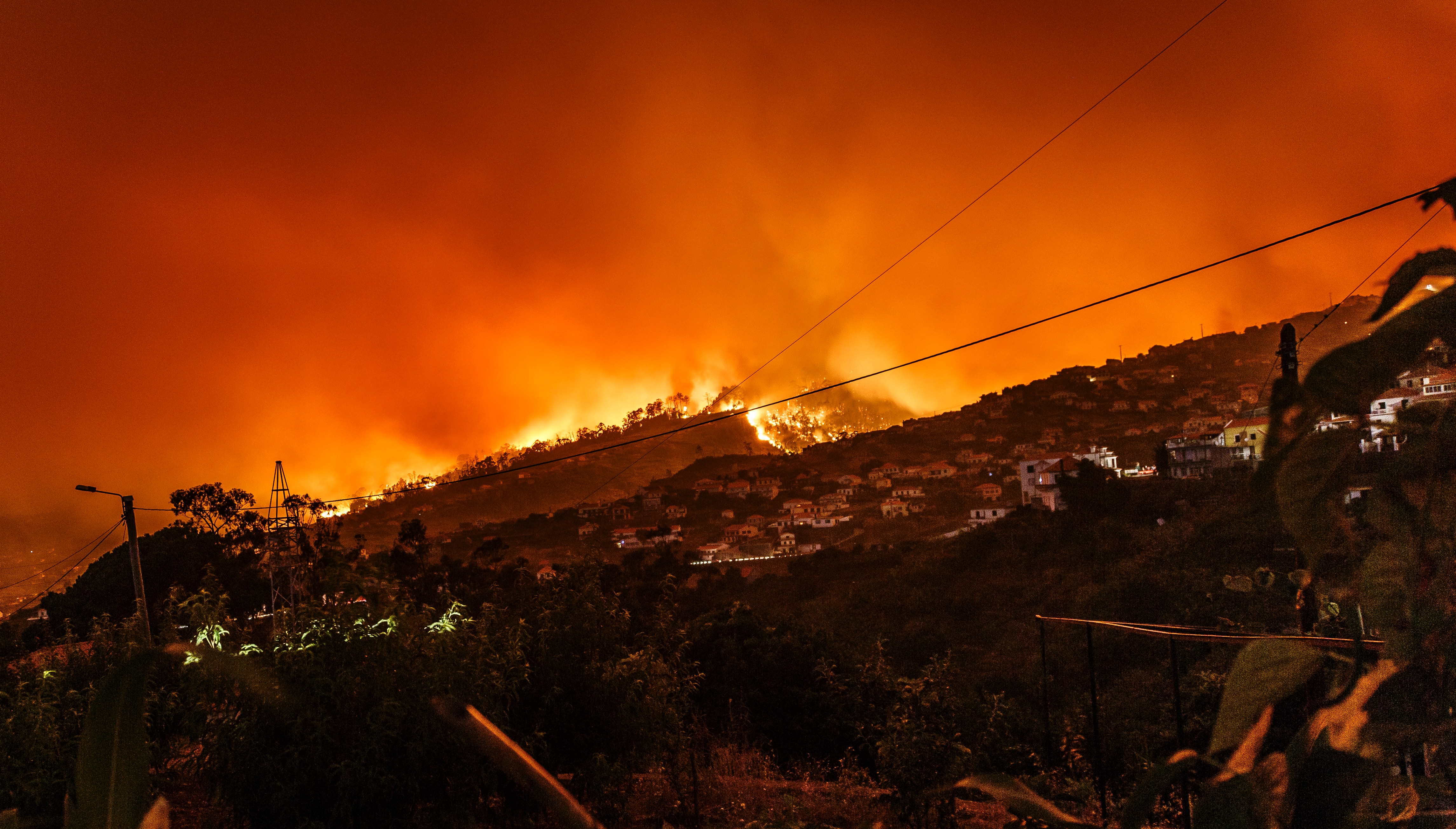
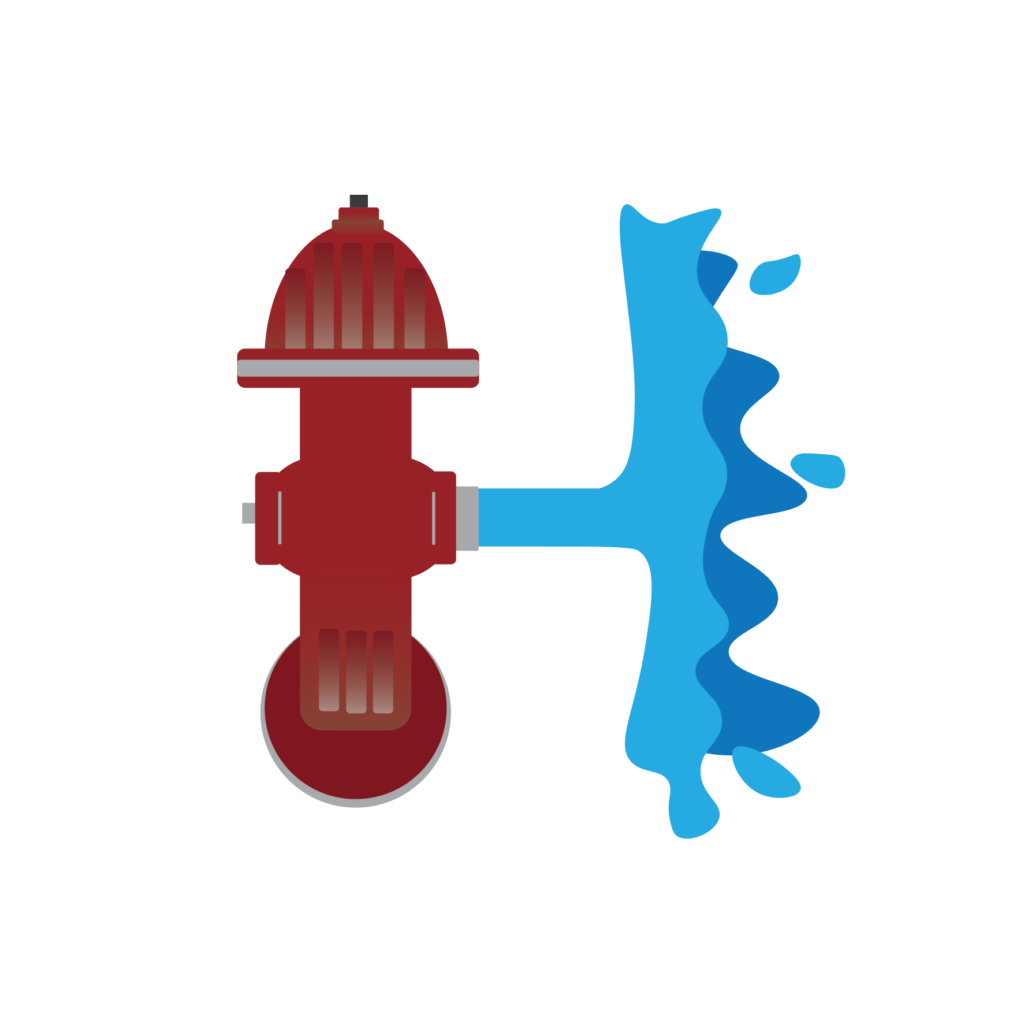 The frozen fire at butler’s wharf
The frozen fire at butler’s wharf  Great Fire of London
Great Fire of London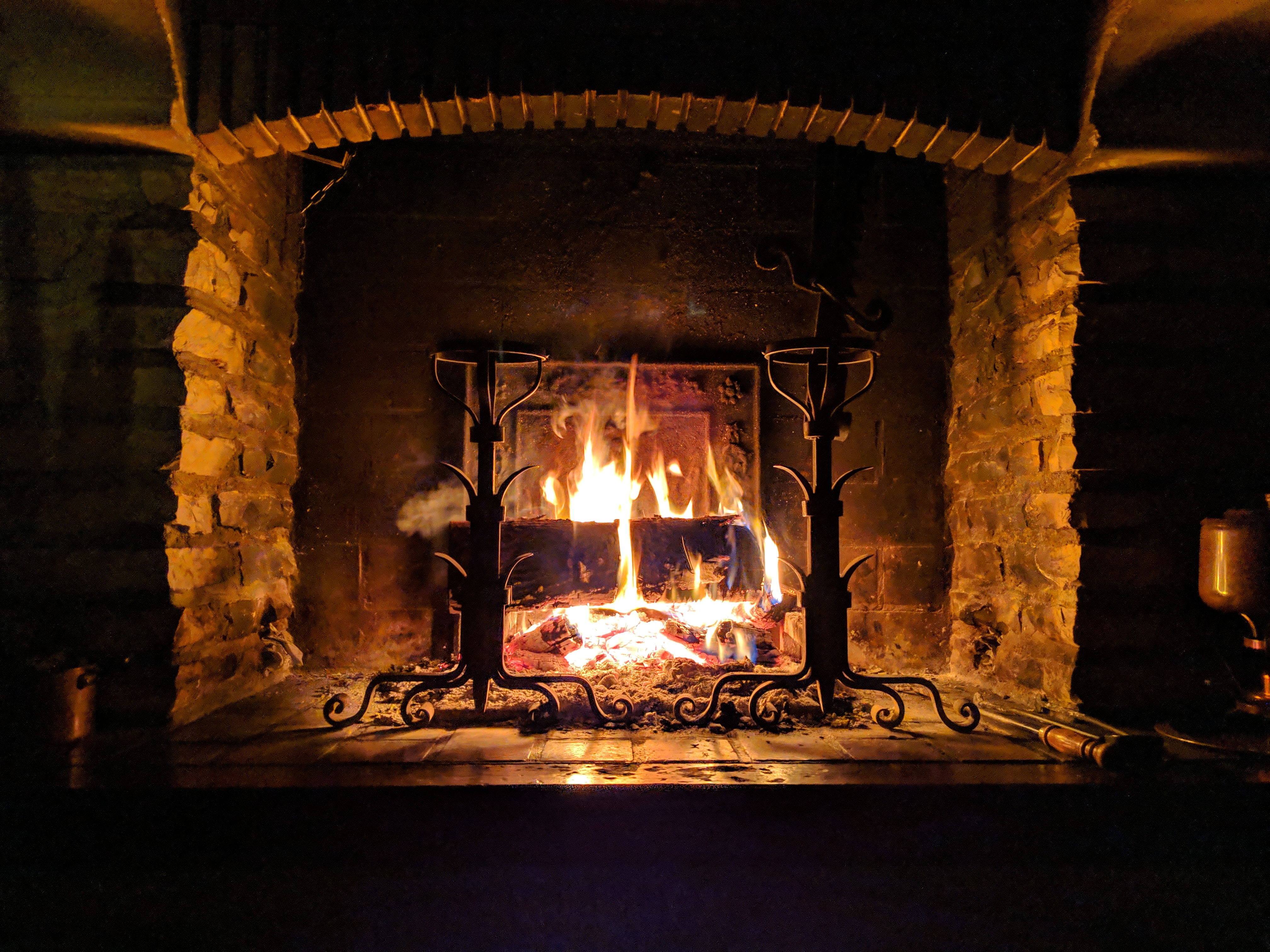
 Floo Powder
Floo Powder